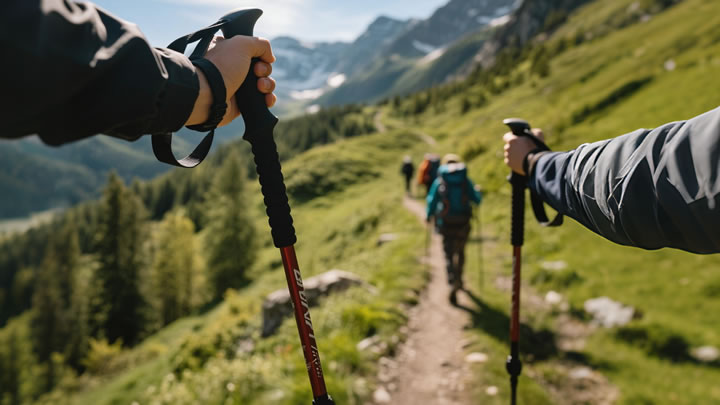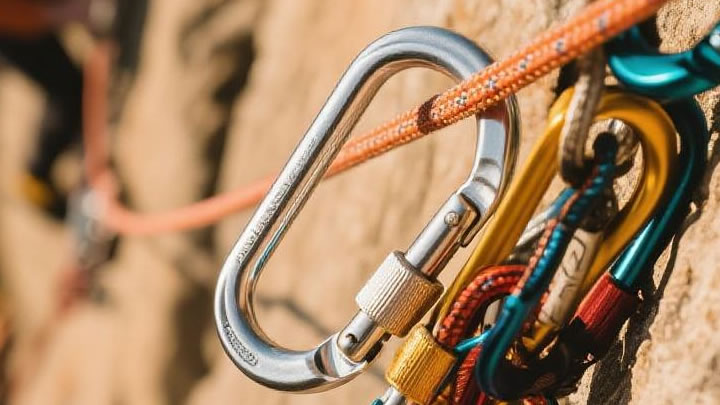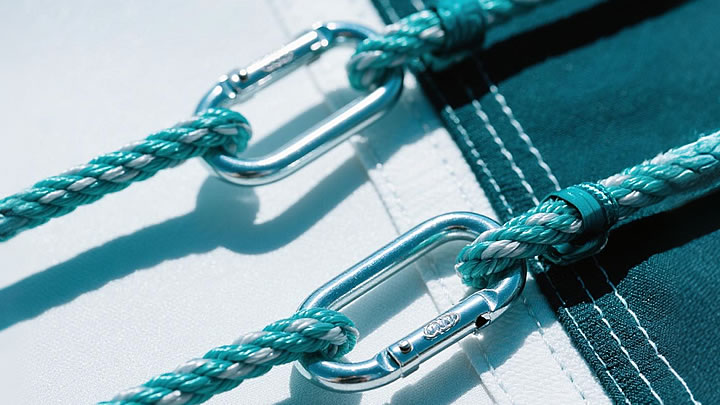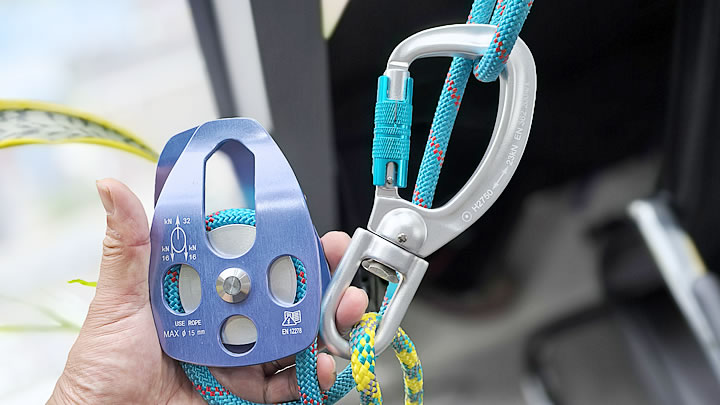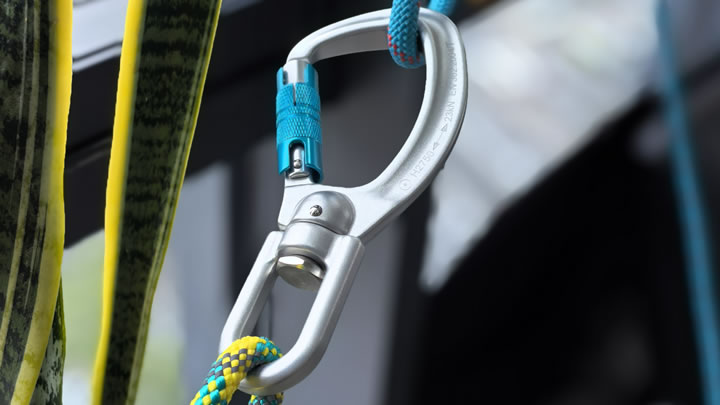How High Should You Hang a Hammock? (Ideal Height Guide)
A perfectly hung hammock is the ultimate relaxation hack—until you miscalculate the height and end up scraping the ground or straining to climb in. Whether you’re setting up in your backyard, at a campsite, or indoors, this guide breaks down the science and art of finding the ideal hammock height for safety, comfort, and aesthetics.

Why Hammock Height Matters
Hanging a hammock too high or too low can lead to:
- Discomfort: Struggling to enter/exit or sinking too close to the ground.
- Safety risks: Excessive height increases fall injuries; low hangs risk contact with pests or water.
- Structural strain: Incorrect angles stress anchor points (trees, posts, or walls).
The Goldilocks Formula: Ideal Height & Angle
For most hammocks, follow these two rules:
- Sitting Height: The hammock’s lowest point should be 18–24 inches (45–60 cm) above the ground. This lets you sit down easily without jumping or crouching.
- 30° Sag Angle: The straps/ropes should form a 25–30° angle with the anchor points. This angle balances comfort and reduces force on the anchors by 50% compared to a tight hang.
Pro Tip: The longer the hammock, the higher the anchors need to be. For a 13-foot hammock, aim for anchor points 5–6 feet high.
Step-by-Step Height Adjustment Guide
1. Measure Your Hammock
- Length: Most hammocks span 9–14 feet when laid flat. Check the manufacturer’s specs.
- Weight Capacity: Ensure your anchors (straps, bolts, or ropes) can handle 2x the user’s weight.
2. Calculate Anchor Height
Use this formula based on the 30° angle rule:
复制
下载
Anchor Height = (Hammock Length / 2) × tan(30°) + Sitting Height Example: For a 10-foot hammock:
- Half-length = 5 feet (60 inches)
- tan(30°) ≈ 0.577
- Height from anchors = 60 × 0.577 ≈ 34.6 inches
- Total anchor height = 34.6" + 18" (sitting height) = 52.6 inches (4.4 feet)
3. Install & Test
- Attach straps or ropes to anchors at the calculated height.
- Sit gently, check ground clearance, and adjust strap length if needed.
Height Adjustments for Different Scenarios
Backyard Setup
- With a stand: Adjust pre-drilled holes to achieve 18–24" seat height.
- Between trees: Use adjustable straps to fine-tune sag angle.
Camping
- Uneven terrain: Hang the lower side slightly higher to balance the hammock.
- Bear safety: Keep food bags 12+ feet away; hang hammock 3+ feet off the ground if required.
Indoors
- Ceiling mounts: Anchors should be 5–6 feet high for a 30° angle.
- Space-saving: Raise anchors higher (6–7 feet) if using a spreader bar hammock.
For Kids or Pets
- Lower the hammock to 12–15 inches for easy access.
- Use a breathable, low-to-ground hammock to prevent falls.
Common Mistakes to Avoid
- Ignoring the 30° Rule: A tight hang (0–15°) strains anchors; too much sag (>40°) causes back pain.
- Guessing Measurements: Always use a tape measure—don’t eyeball it!
- Forgetting Ground Clearance: Account for hammock stretch (up to 6 inches) when loaded.
Safety Checks
- Anchor Strength: Test trees, posts, or bolts by hanging your body weight before relaxing.
- Weatherproofing: Use UV-resistant straps outdoors to prevent sun degradation.
- Regular Inspections: Check for frayed ropes, rusted hardware, or loose knots monthly.
Pro Tips for Enhanced Comfort
- Add a Pillow: Reduces neck strain in lounging positions.
- Use a Ridgeline: A fixed-length rope between anchors ensures consistent sag.
- Layer a Mat: Insulate against cold air rising from the ground.
Final Thoughts
Mastering hammock height transforms your setup from wobbly to wonderland. By prioritizing the 30° angle rule and tailoring height to your environment, you’ll create a safe, ergonomic oasis—whether you’re camping under stars or napping indoors. Measure twice, hang once, and let gravity do the rest!

